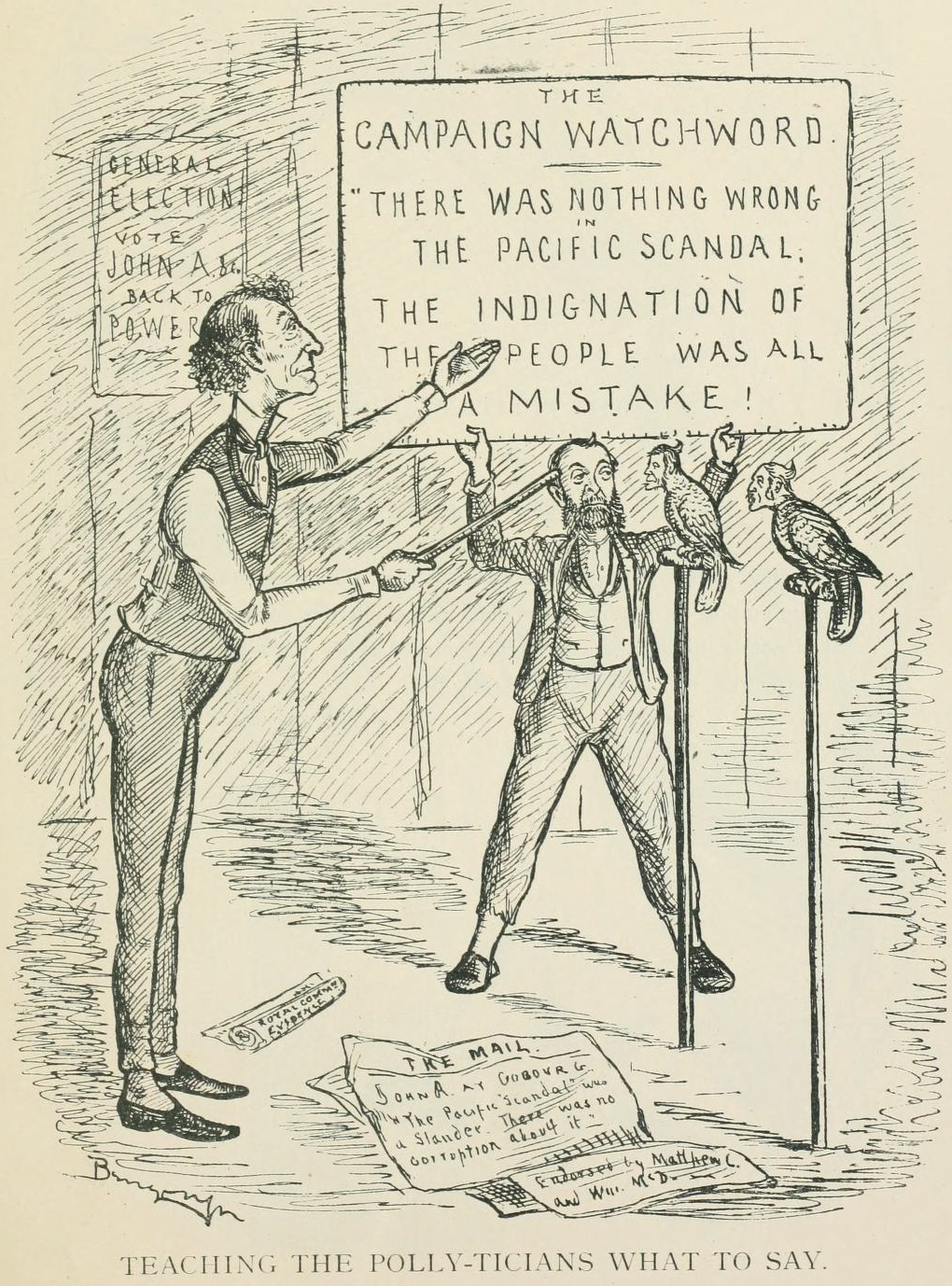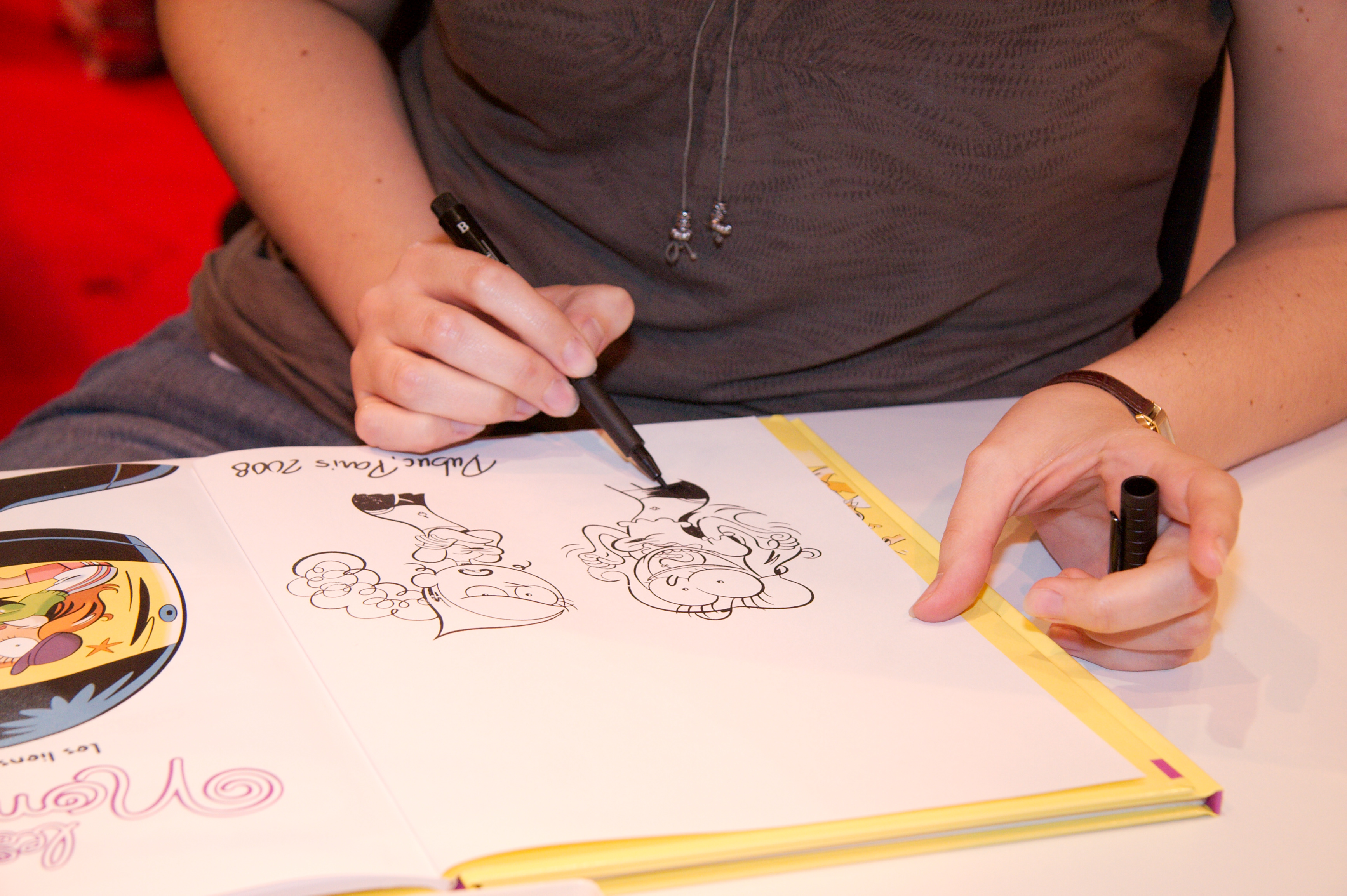|
Safarir
''Safarir'' is a defunct Canadian French-language humour magazine. The name is derived from "safari" and French "ça fait rire", "it makes you laugh". It was in circulation between 1987 and 2016 History and profile ''Safarir'' was established in 1987 by Serge Boisvert deNevers and Sylvain Bolduc. It was published monthly in Quebec City from October 1987 until 2001, and thereafter in Montreal by Éditions Les Artistocrates. Notable writers and artists who contributed to ''Safarir'' included Éric Thériault; and Delaf and Dubuc, whose '' Les Nombrils'' was introduced in ''Safarir'' in 2004. The magazine ceased publication in July 2016. See also *Canadian comics *Quebec comics Quebec comics (french: bande dessinée québécoise, or BDQ) are French language comics produced primarily in the Canadian province of Quebec, and read both within and outside Canada, particularly in French-speaking Europe. In contrast to Engli ... References Further reading Official website* Mira Fa ... [...More Info...] [...Related Items...] OR: [Wikipedia] [Google] [Baidu] |
The Bellybuttons
''The Bellybuttons'' (french: Les Nombrils, ) is a Canadian comics series written by Maryse Dubuc (credited as "Dubuc") and illustrated by her husband, Marc " Delaf" Delafontaine. Dubuc and Delafontaine are based in Sherbrooke, Quebec. History As ''Les Nombrils'', the series was introduced in 2004 in issue #188 of the Québécois humour magazine '' Safarir''; it was later picked up in 2005 by the Franco-Belgian comics magazine, '' Spirou''. Spirou's publisher, Dupuis, published its first BD album, ''Pour qui tu te prends ?'', in 2006. An English version of the series, with its title directly translated to ''The Bellybuttons'', was introduced in 2009 by British publisher Cinebook. By 2009, ''Les Nombrils'' has become one of the best-selling BD album titles on the market, with its third volume, ''Les liens de l'amitié'', having sold over 220,000 copies. The series was on hiatus from late 2009 until February 2011, when ''Les Nombrils'' returned to ''Spirou'' in issue 3802. Fo ... [...More Info...] [...Related Items...] OR: [Wikipedia] [Google] [Baidu] |
Canadian Comics
Canadian comics refers to comics and cartooning by citizens of Canada or Permanent residency in Canada, permanent residents of Canada regardless of residence. Canada has Official bilingualism in Canada, two official languages, and distinct comics cultures have developed in English Canada, English and French Canada. The English tends to follow History of American comics, American trends, and the French, Franco-Belgian comics, Franco-Belgian ones, with little crossover between the two cultures. Canadian comics run the gamut of comics forms, including Editorial cartoonist, editorial cartooning, comic strips, comic books, graphic novels, and webcomics, and are published in newspapers, magazines, books, and online. They have received attention in international comics communities and have received support from the Government of Canada, federal and provincial governments, including grants from the Canada Council, Canada Council for the Arts. There are comics publishers throughout the ... [...More Info...] [...Related Items...] OR: [Wikipedia] [Google] [Baidu] |
Quebec Comics
Quebec comics (french: bande dessinée québécoise, or BDQ) are French language comics produced primarily in the Canadian province of Quebec, and read both within and outside Canada, particularly in French-speaking Europe. In contrast to English language comics in Canada, which largely follow the American model, Quebec comics are mostly influenced by the trends in Franco-Belgian comics. There is little crossover between the French and English comics worlds in Canada. Overview The majority language of Quebec is French, and Quebec comics refers to those comics published in French—English-language comics are considered to be part of the English-language part of Canadian comics history. The two traditions have little crossover, with the English tradition following mainly American trends, and the French tradition following mainly European ones, especially the French language Franco-Belgian trends, although newspaper comic strips have tended to be French translations of syndic ... [...More Info...] [...Related Items...] OR: [Wikipedia] [Google] [Baidu] |
Éric Thériault
Éric Thériault (born 1967 in Trois-Rivières, Quebec) is a Canadian comics artist, writer, illustrator and blogger living in Montreal, Quebec, Canada. Biography Éric Thériault began as a teenager publishing comics in a fanzine called '' Météor'' in 1982, created with the help of Stéphane Sicard. This fanzine specialized in science fiction and superheroes. Among his works include his self-published comic book ''Veena'', published intermittently since 1991, initially as a minicomic, then later as an alternative comic book, and in recent years as a webcomic. He also created ''John Star'', published in the ''Veena'' comic book and in '' Mensuhell''. He published various short stories in many anthologies like '' Real Stuff'', ''Duplex Planet'' (both at Fantagraphics Books), '' Legal Action Comics'', and '' 9-11: Emergency Relief'' (Alternative Comics). He also worked in mainstream and alternative comics on titles such as ''Captain Canuck'', ''Terra Obscura'', ''Tales of t ... [...More Info...] [...Related Items...] OR: [Wikipedia] [Google] [Baidu] |
Delaf
Delaf (the pen name of Marc Delafontaine, born October 9, 1973, in Sherbrooke, Quebec), is a '' Québécois'' comics creator and illustrator, notable for his work in ''The Bellybuttons'' (''Les Nombrils''), a comics feature that he co-created with his wife, Maryse Dubuc. Biography Delaf began his career as an illustrator of a series of brochures advertising for a school that specialised in the education of French as a second language. He would soon expand his career, working in animation, illustrating children's books, and drawing and writing comics. In 2004, Delaf and Dubuc would co-create ''Les Nombrils'', a comic strip that focuses on the social life of three teenage girls, for the Québécois humour magazine, ''Safarir''. The following year, '' Spirou'', a Franco-Belgian comics magazine, would pick up the strip, which they carried ever since. Bibliography Comics series * ''The Bellybuttons ''The Bellybuttons'' (french: Les Nombrils, ) is a Canadian comics series written ... [...More Info...] [...Related Items...] OR: [Wikipedia] [Google] [Baidu] |
Maryse Dubuc
Maryse Dubuc (; born 21 October 1977) is a Canadian comics writer, known particularly for '' The Bellybuttons'' which she created with Marc Delafontaine (" Delaf"). Early life Maryse Dubuc was born in Compton, Quebec,La Presse: "Les Nombrils du Monde", November 9, 2013. growing up at a dairy farm. She studied French literature at the Cégep de Sherbrooke, and communication at the [...More Info...] [...Related Items...] OR: [Wikipedia] [Google] [Baidu] |
Comics
a medium used to express ideas with images, often combined with text or other visual information. It typically the form of a sequence of panels of images. Textual devices such as speech balloons, captions, and onomatopoeia can indicate dialogue, narration, sound effects, or other information. There is no consensus amongst theorists and historians on a definition of comics; some emphasize the combination of images and text, some sequentiality or other image relations, and others historical aspects such as mass reproduction or the use of recurring characters. Cartooning and other forms of illustration are the most common image-making means in comics; ''fumetti'' is a form that uses photographic images. Common forms include comic strips, editorial and gag cartoons, and comic books. Since the late 20th century, bound volumes such as graphic novels, comic albums, and ' have become increasingly common, while online webcomics have proliferated in the 21st century. The h ... [...More Info...] [...Related Items...] OR: [Wikipedia] [Google] [Baidu] |
Canadian Comics Titles
Canadians (french: Canadiens) are people identified with the country of Canada. This connection may be residential, legal, historical or cultural. For most Canadians, many (or all) of these connections exist and are collectively the source of their being ''Canadian''. Canada is a multilingual and multicultural society home to people of groups of many different ethnic, religious, and national origins, with the majority of the population made up of Old World immigrants and their descendants. Following the initial period of French and then the much larger British colonization, different waves (or peaks) of immigration and settlement of non-indigenous peoples took place over the course of nearly two centuries and continue today. Elements of Indigenous, French, British, and more recent immigrant customs, languages, and religions have combined to form the culture of Canada, and thus a Canadian identity. Canada has also been strongly influenced by its linguistic, geographic, and eco ... [...More Info...] [...Related Items...] OR: [Wikipedia] [Google] [Baidu] |
Magazines Published In Montreal
A magazine is a periodical publication, generally published on a regular schedule (often weekly or monthly), containing a variety of content. They are generally financed by advertising, purchase price, prepaid subscriptions, or by a combination of the three. Definition In the technical sense a ''journal'' has continuous pagination throughout a volume. Thus ''Business Week'', which starts each issue anew with page one, is a magazine, but the ''Journal of Business Communication'', which continues the same sequence of pagination throughout the coterminous year, is a journal. Some professional or trade publications are also peer-reviewed, for example the '' Journal of Accountancy''. Non-peer-reviewed academic or professional publications are generally ''professional magazines''. That a publication calls itself a ''journal'' does not make it a journal in the technical sense; ''The Wall Street Journal'' is actually a newspaper. Etymology The word "magazine" derives from Arabic ... [...More Info...] [...Related Items...] OR: [Wikipedia] [Google] [Baidu] |
Magazines Disestablished In 2016
A magazine is a periodical publication, generally published on a regular schedule (often weekly or monthly), containing a variety of content. They are generally financed by advertising, purchase price, prepaid subscriptions, or by a combination of the three. Definition In the technical sense a ''journal'' has continuous pagination throughout a volume. Thus ''Business Week'', which starts each issue anew with page one, is a magazine, but the ''Journal of Business Communication'', which continues the same sequence of pagination throughout the coterminous year, is a journal. Some professional or trade publications are also peer-reviewed, for example the '' Journal of Accountancy''. Non-peer-reviewed academic or professional publications are generally ''professional magazines''. That a publication calls itself a ''journal'' does not make it a journal in the technical sense; ''The Wall Street Journal'' is actually a newspaper. Etymology The word "magazine" derives from Arabic , ... [...More Info...] [...Related Items...] OR: [Wikipedia] [Google] [Baidu] |
Magazines Established In 1987
A magazine is a periodical publication, generally published on a regular schedule (often weekly or monthly), containing a variety of content. They are generally financed by advertising, purchase price, prepaid subscriptions, or by a combination of the three. Definition In the technical sense a ''journal'' has continuous pagination throughout a volume. Thus ''Business Week'', which starts each issue anew with page one, is a magazine, but the ''Journal of Business Communication'', which continues the same sequence of pagination throughout the coterminous year, is a journal. Some professional or trade publications are also peer-reviewed, for example the '' Journal of Accountancy''. Non-peer-reviewed academic or professional publications are generally ''professional magazines''. That a publication calls itself a ''journal'' does not make it a journal in the technical sense; ''The Wall Street Journal'' is actually a newspaper. Etymology The word "magazine" derives from Arabic ... [...More Info...] [...Related Items...] OR: [Wikipedia] [Google] [Baidu] |







